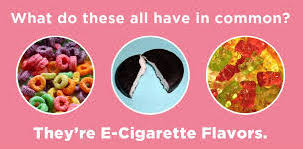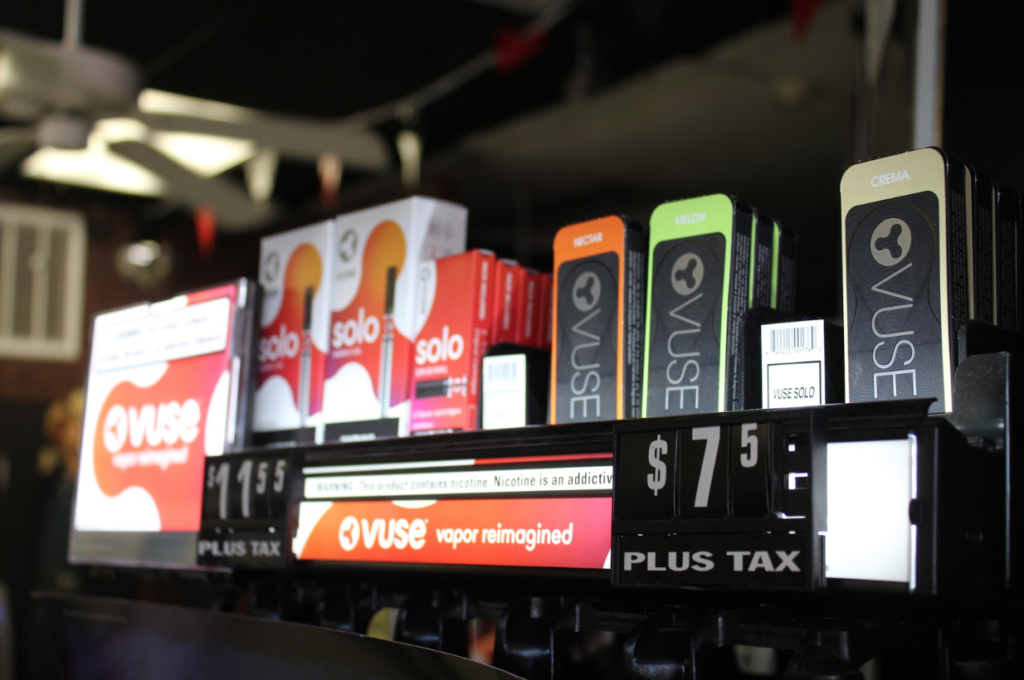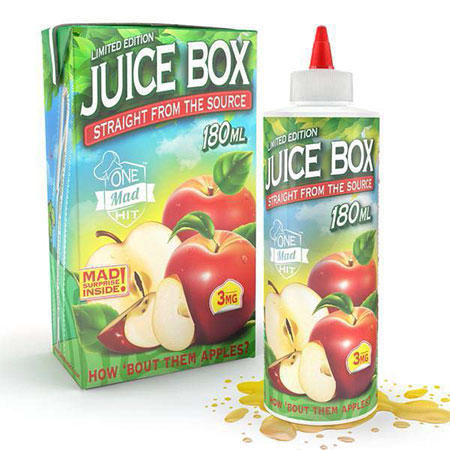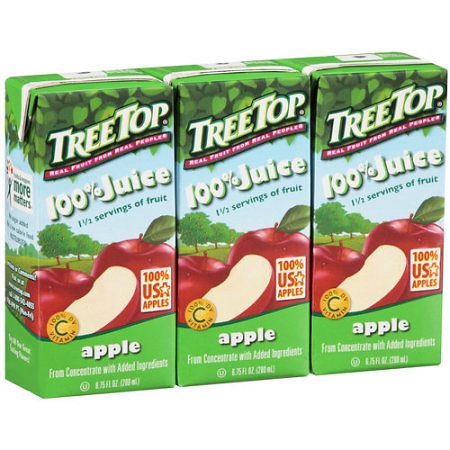E-CIGARETTES: THE REAL COST FOR CHILDREN AND ADOLESCENTS


source: www.durbin.senate.gov
BY ANA MEHRANIAN – Mango Tango, Yummy Strawberry, Cotton Candy Swirl,Tooty Frooty and Pink Lemonade. Although these names may sound like appealing candy or drink flavors marketed to children and adolescents, they are just five of hundreds of e-cigarette liquid flavors available for purchase by adults. Most e-cigarettes contain the same basic parts: the atomizer, a cartridge or chamber to hold e-liquid, and a battery. The atomizer contains a heating coil which heats the e-liquid contained in the device to its boiling point, which with the help of a number of chemicals, is transformed into an aerosol which is inhaled into the lungs. Adults can buy e-cigarettes and e-juice at gas stations and specialty stores.

E-Cigaretette Display
photo: Sachi Shastri
The Centers for Disease Control and Prevention (CDC) has identified the chemical composition of inhaled aerosol as a combination of nicotine, volatile organic compounds, ultrafine particles, heavy metals, and chemical flavoring. This being said, the smoke of a standard cigarette contains a cocktail of approximately 7,000 chemicals and has the potential to cause long-term damage to the user’s health. E-cigarettes can be beneficial to adult smokers who are trying to quit or looking for alternatives. Although e-cigarettes expose users to less harmful chemicals than smoking, nicotine exposure to children and adolescents is dangerous in even small amounts.
Accidental nicotine exposure in young children can cause seizures, organ failure, and brain damage, which, in severe cases, can be lethal. Depending on the concentration, e-liquids can contain up to 50 mg/ml of nicotine, which, in a standard 30 mg bottle, adds up to 1,500 milligrams of nicotine. Ingestion of as little as five milliliters of a 10 mg/ml e juice, a total of 50 milligrams of nicotine, can cause cardiac and respiratory brain damage and mortality in young children.

E-Juice Flavor

Real Apple Juice
The U.S. Food and Drug Administration (FDA) has been cracking down on e-cigarette juice companies with flavors and packaging that resemble kid-friendly food products, such as candies, juice-boxes, cookies, and sodas. Young children that may encounter these products at home are easily misled by these labels, confusing them with foods they like or have eaten before. The labels are often patterned, colorful, and include images of familiar candies and treats. The FDA has issued 13 warnings as of this August, and e-cigarette juice companies have responded by discontinuing sales of all 17 products specified by the FDA as being misleading.
Not only are fruit and candy-flavored e-cigarette juice flavors misleading and potentially dangerous to children, but they are also attracting young adults who have never used tobacco or nicotine products before (many of whom are underage). Appealing e-liquid flavors and the shapes, sizes, finishes, modifications and overall customizability of e-cigarettes have made them an attractive, easy, and concealable way to deliver nicotine. According to the CDC, early nicotine use can affect brain development by altering the way in which synapses (connections between brain cells) are formed. These effects are amplified in adolescents, as their brains form synapses at much faster rates than those of adults.
A 2016 National Youth Tobacco survey conducted by the CDC found that e-cigarette use increased by tenfold between 2011 and 2015. In the same year, 4.3% of all middle school students and 11.3% of all high school students in the United States used e-cigarettes. That adds up to 2 million students. It is this popularity among children and youth that prompted a 2016 report by the Surgeon General to cite e-cigarettes as a “major public health concern.” With recent e-cigarette popularity trends in mind, current projected numbers are significantly higher and are projected to continue rising.
